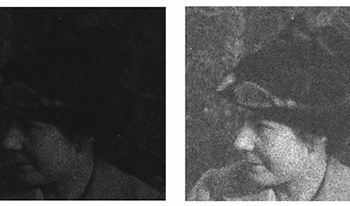
Autochromes, invented by the Lumi`ere Brothers in 1907, consist of a glass plate, photographic emulsion, and a colour filter made of dyed potato starch granules and carbon. Due to the autochrome’s fragile nature and susceptibility to fading and damage, many institutions limit the plates’ exposure to light and movement. This highlights the importance of high-quality digitisation to ensure wider public access and preservation. Currently, there are no specific guidelines for digitising autochromes. To address this, a survey was conducted to understand current practices around autochrome digitisation. Additionally, imaging tests were performed to evaluate different methods and provide guidelines. The survey results and experimental findings will inform standardised digitisation approaches.
Yoko Arteaga, Irina-Mihaela Ciortan, Giorgio Trumpy, Catlin Langford, "Current Practices for Autochrome Digitization" in Archiving Conference, 2025, pp 203 - 207, https://doi.org/10.2352/issn.2168-3204.2025.22.1.38
 Find this author on Google Scholar
Find this author on Google Scholar Find this author on PubMed
Find this author on PubMed